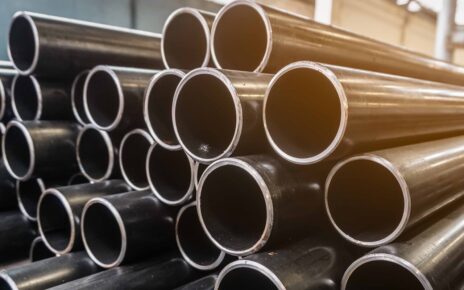Structural failure prevention relies heavily on proper foundation support systems that resist movement and distribute forces. Ground anchors provide critical resistance against uplift, sliding, and overturning forces threatening structural integrity. These engineered components transfer loads from potentially unstable structures into deeper, more competent soil or rock strata, creating a mechanical connection that dramatically improves stability. When buildings, retaining walls, or slopes face challenging soil conditions or environmental stresses, these foundation elements become essential safeguards against catastrophic failure by establishing fixed points that prevent displacement.
Force counteraction mechanisms
Ground anchor systems prevent structural failure through their ability to convert tensile forces into compressive resistance. When installed, they create a zone of compressed soil that resists movement in multiple directions. This compression zone is an extended foundation, distributing loads across a much larger soil volume than surface foundations alone. The tensioning process locks the anchor into position, enabling it to immediately respond to applied forces without requiring initial movement or settlement to become effective. This pre-loading characteristic means structures remain stable even under sudden stress applications like seismic events or extreme weather conditions. Unlike passive restraint systems that require movement before resistance develops, tensioned anchors actively maintain stability from the moment of installation.
Stability in challenging environments
Conventional foundations often prove inadequate in areas with poor soil conditions, high water tables, or steep slopes. Ground anchors excel in these challenging environments because they bypass problematic surface soils to reach competent bearing strata. Their effectiveness stems from the ability to distribute structural loads to subsurface areas that can safely support them. This load transfer capability is particularly valuable in projects where excavation or soil replacement is prohibitively expensive or logistically impossible. For structures built on hillsides or areas with expansive soils, anchors provide the critical restraint needed to prevent sliding or foundation movement that would otherwise lead to progressive structural damage and eventual failure.
Critical structural applications
Ground anchors prevent failure across numerous structural applications, with specific benefits for each case:
- Retaining walls remain vertical despite massive lateral earth pressures
- Transmission towers resist toppling during extreme wind events
- Basement walls maintain integrity against hydrostatic pressure
- Bridge abutments resist scour and lateral movement
- Coastal structures withstand undermining from wave action
- Buildings in seismic zones maintain their position despite ground acceleration
- Dams and levees resist internal erosion and water pressure
Each application benefits from the anchors’ ability to create fixed reference points that maintain structural position regardless of surrounding soil behaviour or environmental forces.
Installation precision factors
Proper installation determines an anchor’s effectiveness in preventing structural failure. Success depends on:
- Accurate site investigation to identify appropriate bearing strata
- Proper angle and depth calculations based on anticipated load directions
- Correct drilling techniques that minimise disturbance to the surrounding soil
- Effective grouting procedures that ensure complete bonding with the substrate
- Precise tensioning protocols that establish the required pre-load without overstressing
The installation must account for soil characteristics, groundwater conditions, and long-term environmental factors affecting performance. Their effectiveness stems from engineering principles that work with natural soil mechanics rather than against them, creating integrated foundation systems that resist a wide range of potential failure mechanisms.





